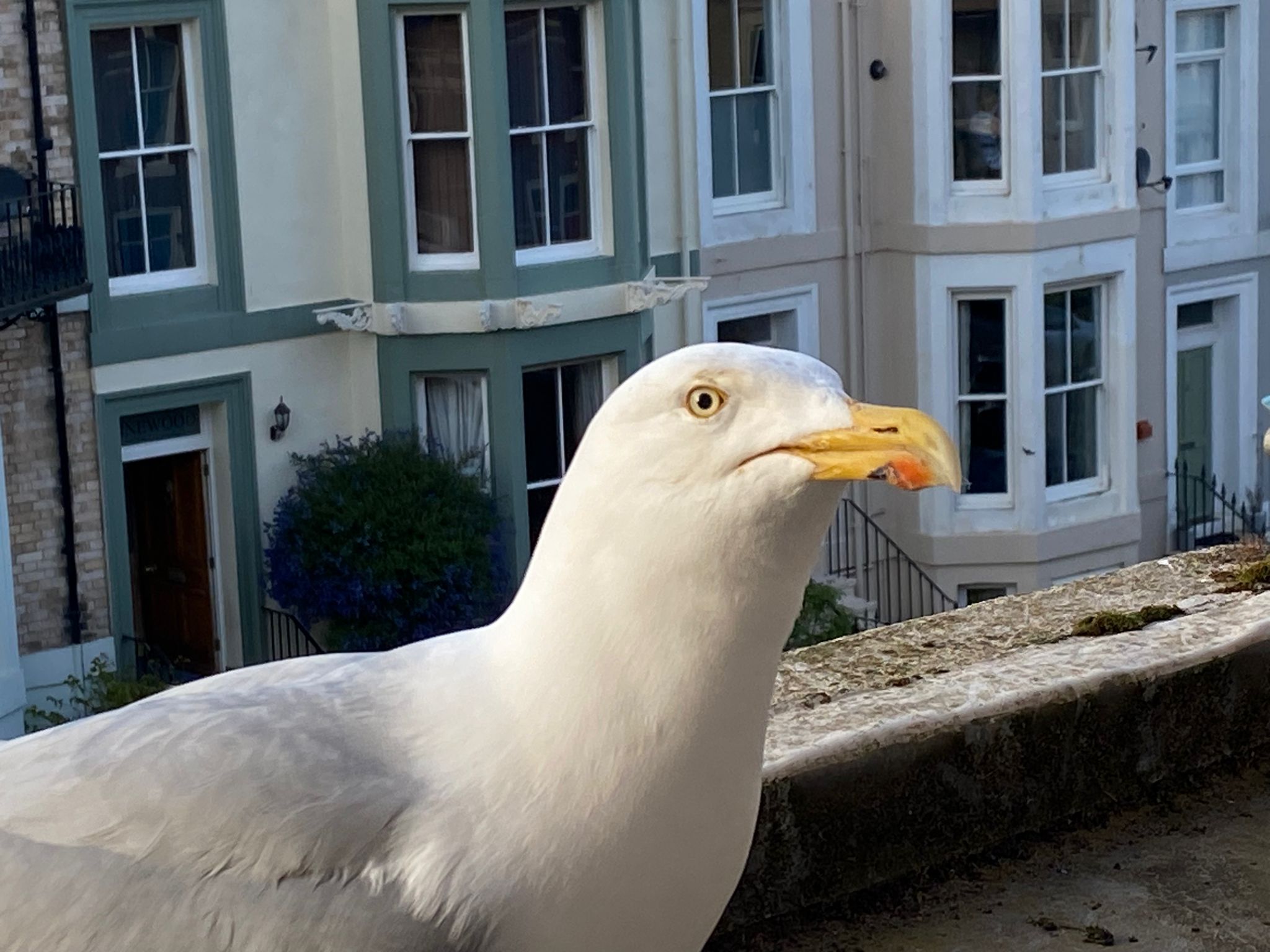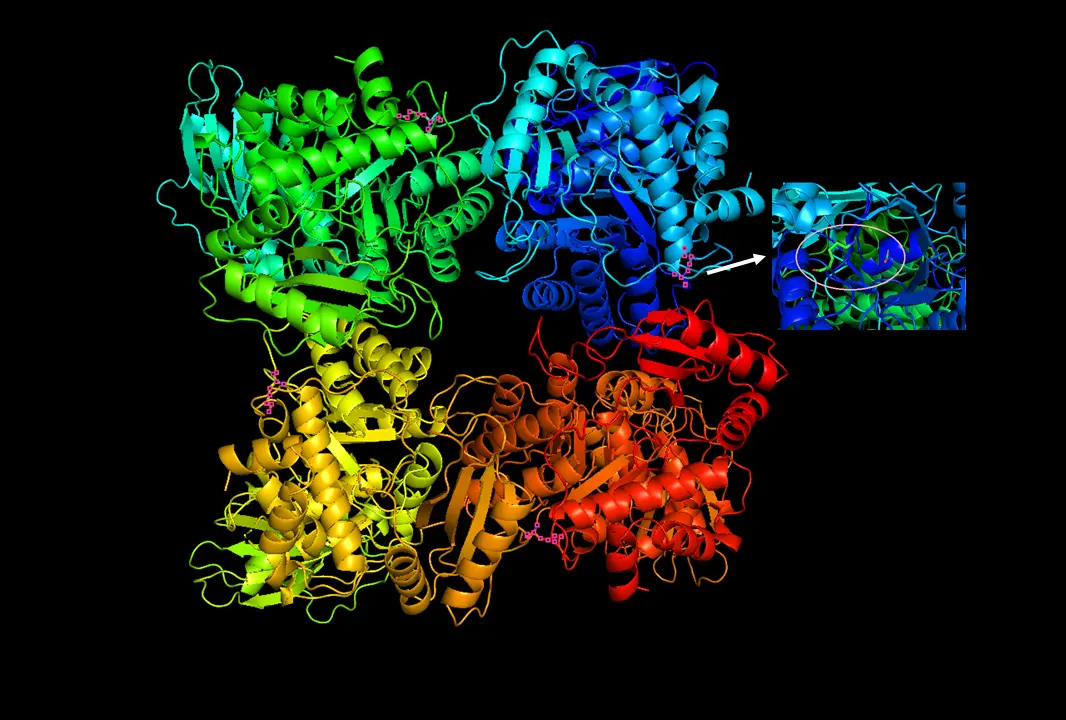The days of the perfect-looking yard – often lawns that guzzle copious amounts of water to stay green – may soon be gone.
Homeowners are increasingly opting to “re-wilding” their homes, incorporating native plants and decreasing the amount of lawn care to make their properties more sustainable and encourage natural ecosystems to recover, according to Plan It Wild, a New York-based native landscape design company.
About 30% of the water an average American family consumes is used for the outdoors, including activities such as watering lawns and gardens, according to the U.S. Environmental Protection Agency. In the West, where water is absorbed almost immediately by the sun or thirsty vegetation, outdoor water usage can increase to an average of 60% for the average family.
As concerns for the environment – as well as increasing utility bills – grow, so do homeowners’ preferences for how they decorate their yards.
Good first step is just seeding clover where grass is struggling.
Clover isn’t a normal part of lawns anymore because broadleaf herbicide kills clover too. But there is zero reason to use herbicide on a fucking lawn anyways.
But you barely need to mow clover if it’s dominant in an area. It “learns” the height you mow at, and just stops growing taller than that.
Like a 1/4 of my backyard only gets mowed once or twice a season, and it looks green as fuck because it’s denser. That ground covers helps retain moisture in the ground, feeds bees and bunnies, and with all the bunnies, I even get foxes.
Plus clover produces nitrogen, so it naturally spreads to the poor soil and improves it because it can out compete grass and even weeds. Insisting on an “all grass, only grass” lawn is some boomer shit.
Clover is so beneficial that pre-WW2, grass seed mixes almost always explicitly advertised clover content. If you look up 19th or early 20th century catalogs, etc, listings for grass seed will nearly always not only mention that they contain a clover mix, but tout its benefits.
As you note, it was only post-war with the creation of modern herbicides that clover stopped being the norm. There was more or less a DeBeers-style PR campaign to convince people that clover is a “weed” since it can’t survive weed killers.
We’ve already done our whole front yard in native plants, but we still have grass in the back, which is struggling because we live in CO and Kentucky bluegrass was never meant to grow in a desert with clay soil. My mom finally said I can have most/all of it removed and plant a native grass mix with clover next year. I’m so happy.
I mean, don’t remove it…
Just start using that stuff for bare spots. Plants spread on their own bro, you just got to establish a population first. Maybe it’ll cross pollinate and you’ll get some crazy new bluegrass that’s hardy.
Or it just gets replaced.
Let nature do it’s thing.
Eh, it was already a victory getting my mom to agree to this at all. She wouldn’t be able to handle the “chaos” of it happening gradually. She’s extremely anxious about anything she perceives as messy (and that would definitely meet her criteria), and we have a non-profit here that removes lawns pretty inexpensively, so I’m taking my wins where I can get them and doing it in a way that won’t stress her out more.
Right, there’s nothing wrong with grass itself as a member of a diverse lawn, it’s making it the only plant around that hurts everything else. Let the various species do a natural battle of survival and enjoy the eclectic results, as well as the wildlife it invites that you don’t see on these “perfect” grass lawns.
Let nature do it’s thing.
Where I live invasive Tree of Heaven will take over in no time. Nature needs some help!
Agreed. So much easier to overseed clovers, other forbs and grasses. That is what I have been doing in my lawn and its so easy
This is something the wife and I have looked at doing for our next house but is clover less resilient to dogs than grass? We were figuring on natural stuff for the front yard but keeping grass in the majority of the backyard because of our pets
I’ve let the clover from the easement behind our house take over most of our backyard. We’ve got 2 very rambunctious dogs, and the constant trails we’ve always had back there are gone…filled in by either clover or some more robust grass variety that handles it better (. It took a few years for them to fill in completely, but it was worth the wait to not have to try and overseed and pamper them every year.
Clover is better, it grows along the ground instead of straight up like grass So does a couple other kinds of broadleafs that will show up.
With grass if they dig in hard in one place it can kill the grass and then it’s bare, and likely going to stay that way for a while if you mow often. With clover the nearby strands just grow in to the empty space.
Like, if you got some huge dogs in a small yard that pace, it probably won’t matter. But just letting them run around in an open area you’ll be fine.
There will be bunnies back there tho. Even if you have a good fence, they’ll break in for the clover.
There will be bunnies back there tho. Even if you have a good fence, they’ll break in for the clover.
Yeah, it’s impossible to keep those little varmints out. Even with a solid fence, my small veggie patch is constantly being invaded by those bouncy thieves.
That’s the 1 downside. This is the first year I’ve ever had to deal with the dogs bringing me bunnies as presents.
The spots that our dogs have destroyed clover, they had destroyed the grass anyway. And that’s under an old magnolia tree where everything struggles anyway. The rest of the back yard is fine.
Our two dogs have been destroying the clover at the same rate of the grass but grows faster back. Just overseed any gap with clover when there are bald or low spots
I’m one of them. Been converting entire chunks of an otherwise bland, uninteresting lawn to pollinator friendly patches. We have a certified milkweed garden for monarchs, entire sections full of drought-tolerant native plants, and rabbits have started living underneath the “canopy” of the flowering shrubs. The half of our lawn that’s still grass is easily 10x the maintenance burden that our gardens are, and we’ve already developed a plan to phase out our front lawn entirely. Some of the grass in the back is good for picnics and dog play, but we’re going to get rid of anything that’s not actually used. Only problem is most of it’s bermuda, which is a fucking PAIN to get rid of by hand.
Only problem is most of it’s bermuda, which is a fucking PAIN to get rid of by hand
Get yourself an Action Hoe, you basically run it back and forth and it digs/cuts the roots out. It’s very upsetting how easy it makes weeding the first time you use it, turns an hour long job to something you can do in 15 min.
You are doing good work. Well done.
Do you mind sharing pictures of what this looks like?
How it started when we first dug up the grass, and how it’s going. We didn’t realize butterfly bushes were bad when we first started, so we’re killing them off one-by-one. The first dead one is in the background (tall bare twigs), and the dwarf BB is keeping our nectar supply up while most of the other plants have stopped flowering for the summer. It’s still very much a work in progress, but it’s starting to stabilize with some of the plants being more resilient than others.
That’s really freaking cool! Thanks for sharing! What was the work effort for this amount of progress? I’d like to do this with my next house.
Been focusing on this and another small patch for about 2 years. The up front work was a bear, just to get rid of the grass down to the root (those fuckers are DEEP) and get all the plants established during the right seasons. I’ve also installed a drip irrigation system that can compensate for some of our really dry periods during summer, which took a full weekend. Once the plants are in and mulch is down, really the only maintenance is keeping bermuda and sedge from popping back up. The first year required extensive weeding every month or two, but the second year has required very little because most of the soil is totally shaded out. It kinda supports itself now. My only problem at this stage is that the liriope border was pre-existing, so bermuda still spills out from existing root stock from that area, which means I have to more aggressively weed/trim that border. I benefit from the walkway being a natural barrier for encroachment from the rest of the lawn, but it’ll still take another year or two before the bermuda is totally neutralized.
What kinda shrub is housing the rabbits?
They like to live under the asters and salvias, which form thick blankets of cover, and in little rows they’ve carved out between the liriope plants.
Awesome, might follow suit! Although they will go to town on my veggies lol.
I neglect my yard so much that appealing natural plants started growing on aestheticly pleasing spots, so I just left them.
This past spring I found out that the squirrels planted someone else’s crocuses in my yard. I don’t mind letting nature do the work for me.
I wish this would happen to me, it seems like every time I look away the seeds of some invasive vine are taking root in my yard. I’ve tried planting natives, but for me at least they have taken some work to cultivate and maintain despite trying to find natives that are appropriate for my soil and sun situation. I’m hoping every year the natives will be able to strengthen and outcompete the invasives, but for now I am stuck digging up roots and tearing down whatever non natives I find.
There’s natives and then there’s “aggressive natives”. The whole problem with invasive plants is that they outcompete in their niche so you need the big guns. Very specific to your location.
Is there a fucklawns lemmy community?
Yes of course there is. There is a community for all “fuck*”
My neighborhood is showing a transition into gardens and native plants. Its interesting that it seems to be happening with both older (retired) neighbors and newer (young children) neighbors. Its helps that the local garden centers have been doing lots of natives and grass replacements.
Quick shout out to Prairie Moon to buy your seeds. Fall seeding is great for natives
Yeah it seems like it’s not a generational thing anymore but rather just a cultural shift
Cultural shift for sure. What I have found is there have been decades of old hippies working on making things ready for millennials to jump on and convincing their friends to get to this point.
I can’t wait for this to some day turn into “Are Millennials Killing The Grass Industry?”
Fuck yes we are.
Excellent! Now plant native fruit trees, bushes, brambles, and herbs and make a multilayered food forest!
Anecdotally, my neighborhood seems to be 70% manicured “perfect” suburban lawns vs 30% natural yard. Our little neighborhood also has a LOT of thick wooded areas and tall grass. Guess which houses look and feel like they truly belong?
Also, we have native plants and wildflowers in our yard (haven’t gone full clover yet) and the amount of bugs and cute little critters around are incredible. So much life all bustling about. The bees love it, we had 6 different bumbebees across our 2 echinacea plants at the same time! So friggen cool to see.
I’ve been doing this for ages.
Now I’ve got an extra tree, and bunch of tall weeds with purple flowers on top. No idea what they are, but the bumblebees seem to like them.
I’d say I started doing this because I cared about nature, but really it’s because I’m a big lazy bastard.
Are the purple flowering weeds really prickly?
No, if they were I’d have probably pulled them up.
I can’t even get a good picture of the flowers because they’ve all died now.
Going from some online stuff, maybe Rosebay Willowherb? The leaves don’t seem as dense as a picture I just looked at, but I’m guessing there’s probably a lot of variations of it.
That looks nice, yeah prickly with purple flowers is Canada thistle and you don’t want that.
We keep spreading clover seeds. Waiting for it to take over. Fuck grass lol
I heard there are species of thyme that are basically a weed that you never need to mow and needs much less care than grass. Maybe look into that if clover doesn’t seem to work.
Creeping thyme. Never got it to take.
Oh shit. This is great news. I love thyme lol
I’ve spent the past few summers desperately trying to claw my lawn back from invasives. When we first bought our house I didn’t want to remove anything until after a year to see what everything was, because I knew nothing about plants. I planted some natives in bare locations, but didn’t realize just how crazy some of the vines and invasive species would be in claiming space.
I have an app on my phone for identifying plants. A few years ago, every ID said invasive from Asia or Europe. I cannot tell you how satisfying it is to see some native grasses and wildflowers finally taking hold in the areas that used to be Japanese Honeysuckle or pokeweed. But it was backbreaking, miserable work and I commend anyone who is fighting this fight.
What app do you use? I’ve been getting by with Google Lens but I’d love a more focused option.
iNaturalist, as far as I know it is free or at least I have the free version and haven’t been limited in the number of IDs I can request. They also have a feature where the IDs can be verified by other users to get more specific than the automated photo identification. And let me tell you, there are some plant/bug nerds that browse the app!
Not all exotics (those not from the Americas) would be considered invasive (those that threaten an area). Most weeds are really good at conditioning the soil and if left to decompose on the locations they grew can be great at building the soil. Pulling anything without putting something to replace it is a fools errand. Also everything that is exotic isn’t bad. White clover is European in origin and a great grass replacement. Also note that some common weeds such as the dandelion are listed as European in origin but there is significant evidence it was all present in North America.
Also make sure you keep some exotics to support the exotic bees such as the honey bee which are from Europe. If you live in an urban or semi-urban environment this is basically a new biome and will need to be treated as such. a Nice mix of things that play well together and are function for you is the best method
Yes, that’s why I didn’t want to rip and tear everything out the first year. Unfortunately, the previous owner of my home allowed a lot of very invasive things to grow like the Japanese Honeysuckle and tree of heaven. There is also pokeweed, which is native to the Southern US but is a nightmare plant that the Spotted Lantern Flies (another invasive killing trees) absolutely love so I have to dig those out.
My previous post made it sound like I am removing everything that isn’t hyper local, but I don’t have the time or energy for that. Would just settle for the aggressive things to finally die.
Tree of Heaven can go to Hell!!!
I live in Texas, we had a big beautiful St. Augustin yard. Thick, green, very nice. 3 years ago I quit watering it. Last year I seeded it with a mix of Buffalo Grass, Curly Mesquite Grass, and Blue Gamma. It’s almost taken over. It uses zero water, I only mowed it once the year before and twice this year because we got a boatload of rain this year unlike the year before. I stopped mowing the backyard and just removed all the wax and China berry shoots. I have all sorts of native flowers and Chili Pequin plants all over the place. The flowers are great and the birds are everywhere. Best decision I have made since I got this place.
My landlord is old and as poor as I am so when trees fall she’ll have someone chop it up and they take what they want, but most of the large branches are left. It’s been a few years now that a couple of trees fell and since the branches are left there the landscaper just goes around them and the area has become an awesome natural growth spot. I hope she never gets it removed!
Yep I’m doing it. I bought the parcel beside/behind my house and am letting those 3 acres 90% go back to natural.
You could add an animal to graze it a little… will reinforce some plants usually.
I spend more time ripping thistles than anything, but at least I don’t have to water them!
On a serious note, I am working on overseeding clover in half of my yard, and it’s worked well in patches so far. Will probably take a couple seasons to get full results, just time consuming. Almost as much as my war against those goddamned thistles.














